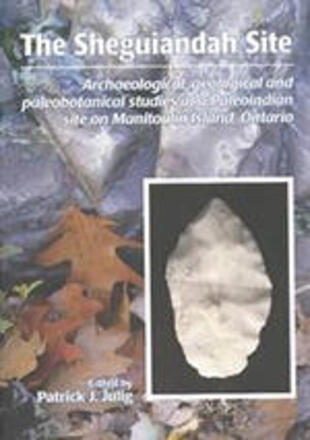
The Sheguiandah Site
Archaeological, Geological and Paleobotanical Studies on Manitoulin Island, Ontario
Description
The Sheguiandah archaeological site is situated on Manitoulin Island, Lake Huron, Ontario. Originally excavated in the early 1950s, the site has remained enigmatic and controversial for half a century. The late Thomas E. Lee discovered the site and recognized its unique value as an ancient cultural deposit, and he succeeded in having the site protected by the government of Ontario. Lee interpreted his finds as evidence of human occupation that might be older than the last Ice Age, and this claim sparked controversy. In one chapter of this book, Lee? son, Robert, provides a detailed review of the circumstances surrounding the original studies at Sheguiandah. New studies reported in this book reveal the geological history of Manitoulin Island and the surrounding region, including the bedrock geology and the formation of surface deposits. The complex history of the Great Lakes is viewed from several perspectives ranging from gradually declining lake levels to catastrophic floods. Some chapters reconstruct the evolution of the plant community, while others explore various aspects of the archaeology of the Sheguiandah site.